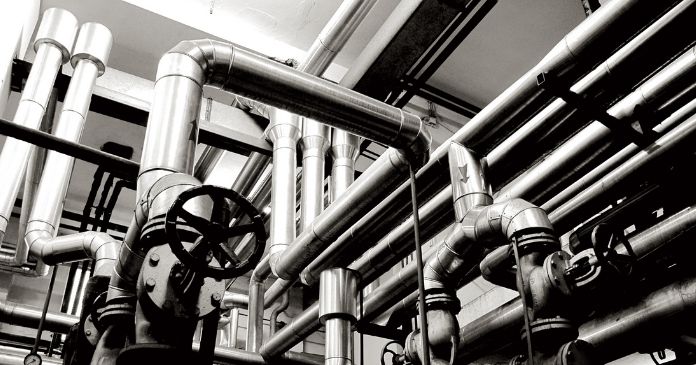The Process of Manufacturing Stainless Steel Pipes and Tubing
ALEXANDRIA, VA – Learning the processes of working with stainless steel as a welder is important. However, what’s even more essential is understanding the process of manufacturing stainless steel pipes and tubing. This process takes you through forming stainless steel pipes and tubing after welding them together. Rolling mill technology has seen a vast improvement, from the forge welding process to using tube mills with multi torch tungsten inert gas; there’s a lot to learn from this overview regarding the stainless steel pipe and tube manufacturing process.
The Rolling and Welding Stage
To begin our process, we first need to go through the rolling and welding stage. The stainless steel is placed through a checking process and cut at the edges in this stage. The stainless steel is pushed through and morphed into its required tubular size with a rolling machine. After being pressed and turned through the rolling machine, the edges are welded through a heating process called TIG. The TIG welding process joins the rolled metals together using an electric arc that has a built-in electrode.
Cleaning and Warming Stage
In this stage, steel tubes are lined up on a fabricator and cut to a required length before heading to the following process. The cleaning in this stage helps remove dirt from the pipes, and then once treated with heat, the rolled pipes and tubes are stripped of any stresses that can come up in the welding and formation process. The heat treatment given to stainless steel pipes and tubing is done with a furnace—the furnace is actually equipped with temperature recorders and controllers, as this can help tremendously with containing temperature and controlling the way stainless steel is cured. After heating is finished, the stainless steel pipes and tubing are taken through a pickling segment where they’re straightened out, and scales are removed from its surface.
Cold-Drawing Stage
Sometimes, the required size isn’t obtained when the steel is brought through the mill directly. When using the cold-drawing process, the desired size is achieved when the pipes and tubing are coated with oxalic and soap solution and dragged over die plugs—the oxalic and soap solution help reduce friction when going through the cold cycle.
The Finishing Process
The final process is the finisher. Once the process of manufacturing stainless steel pipes and tubing is completed, you’ll now have to take them to a jet printer. The tubes are taken through, piece by piece, and marked with their grade of material, size, heat number, and third-party inspection stamp before being passed onto exporters. After everything is engraved, the pipes are taken through testing for quality and other checks. Finally, everything is packed and dispatched.
These processes are all key to helping you understand the difference between pipes and tubes during your welder training course. Understanding the basic welding processes for stainless steel piping and tubing is beneficial to you as an employee and a future employer.






This seems to be translated from a non-english native speaker who had very little knowledge of pipe or tube. “These processes are all key to helping you understand the difference between pipes and tubes ” except the difference between pipe and tube was not mentioned, let alone explained. To a weld planner the difference is huge. to a welder the difference is negligible. Pipe and Tube are two distinctly different items that weld identically. The difference is in how the size is measured not in how the alloy melts when welded.
Also “scales”, plural, made me laugh. Thanks.